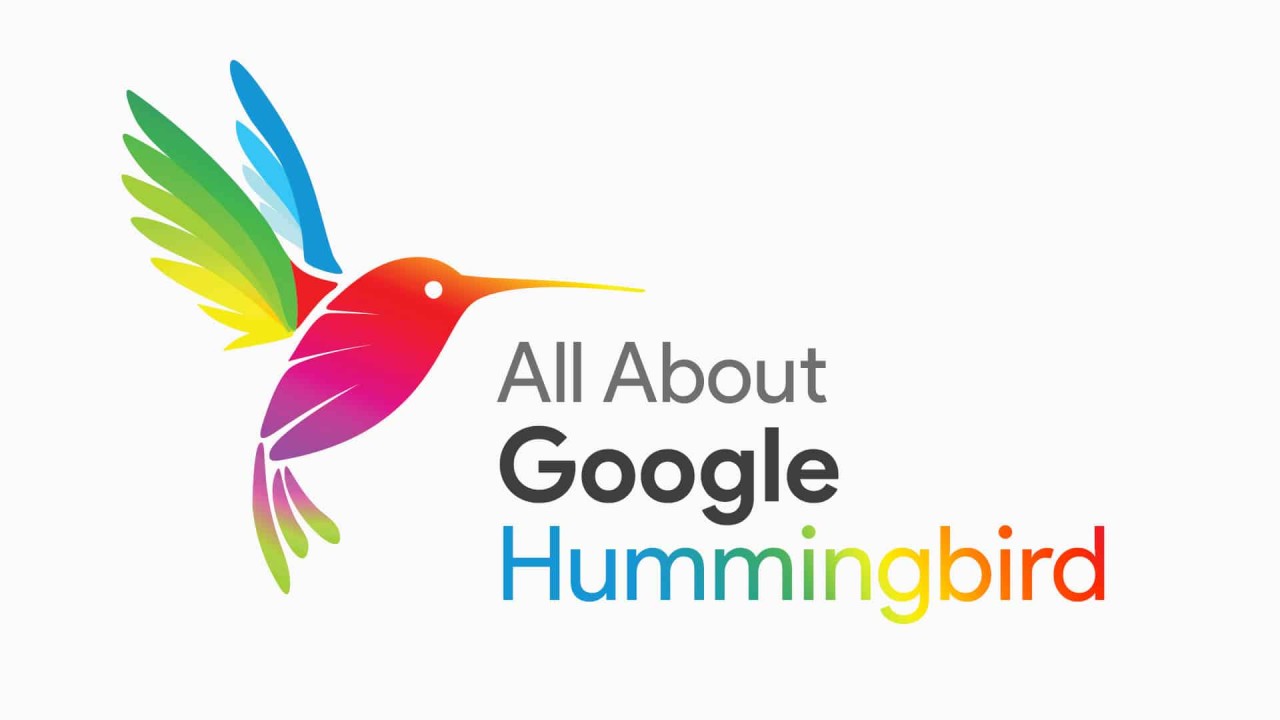
Optimizing a website for Google’s Hummingbird algorithm and building backlinks requires a strategic approach. Here are some steps you can take:
Optimizing for Hummingbird Algorithm:
- Understand User Intent: Hummingbird focuses on understanding user intent rather than just keywords. Optimize your content to provide valuable information that directly answers users’ queries.
- Long-Tail Keywords: Incorporate long-tail keywords into your content. These are more specific and help target niche audiences.
- Natural Language: Write content in a natural language that mimics how people speak and ask questions. This aligns with Hummingbird’s emphasis on conversational search.
- Semantic SEO: Utilize semantic SEO techniques by including related terms, synonyms, and contextually relevant keywords throughout your content.
- Quality Content: Create high-quality, informative, and engaging content. This not only satisfies users but also aligns with Google’s goal of providing the best possible search results.
- Structured Data Markup: Implement structured data markup (schema.org) to provide search engines with additional context about your content.
- Mobile Optimization: Ensure your website is mobile-friendly, as Hummingbird prioritizes mobile search results.
- Site Speed: Improve your website’s loading speed for better user experience and higher search rankings.
- User Experience (UX): Enhance the overall user experience of your website by improving navigation, readability, and accessibility.
- Local SEO: If applicable, optimize your website for local search by including location-specific keywords and ensuring your business information is accurate and consistent across online directories.
Building Backlinks:
- Create Quality Content: Produce high-quality, valuable content that naturally attracts backlinks from other websites.
- Guest Blogging: Write guest posts for reputable websites in your industry. Include a link back to your website within the content or author bio.
- Broken Link Building: Identify broken links on other websites and reach out to the site owner, suggesting your content as a replacement.
- Influencer Outreach: Collaborate with influencers or industry experts who can share your content with their audience, potentially leading to backlinks.
- Social Media: Share your content on social media platforms to increase visibility and encourage others to link back to it.
- Directory Submissions: Submit your website to relevant online directories and listings to gain backlinks.
- Resource Pages: Identify websites that have resource pages related to your content and request to be included.
- Testimonials and Reviews: Provide testimonials or reviews for products or services you’ve used, which may include a link back to your website.
- Content Syndication: Syndicate your content on platforms like Medium or LinkedIn Pulse, ensuring to include canonical tags to avoid duplicate content issues.
- Internal Linking: Internally link your website’s pages strategically to distribute link equity and improve overall site structure.
Remember, both optimizing for Hummingbird and building backlinks require consistent effort and a focus on providing value to users and other websites in your niche.


